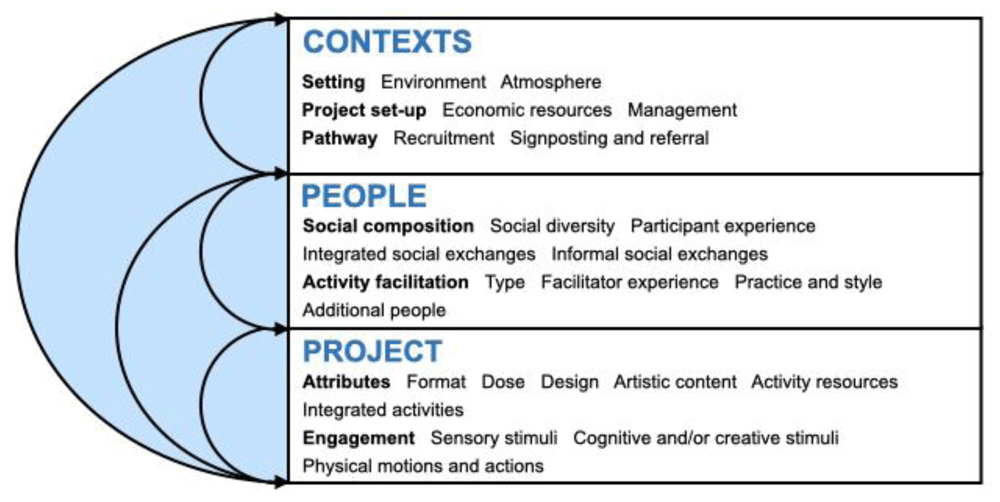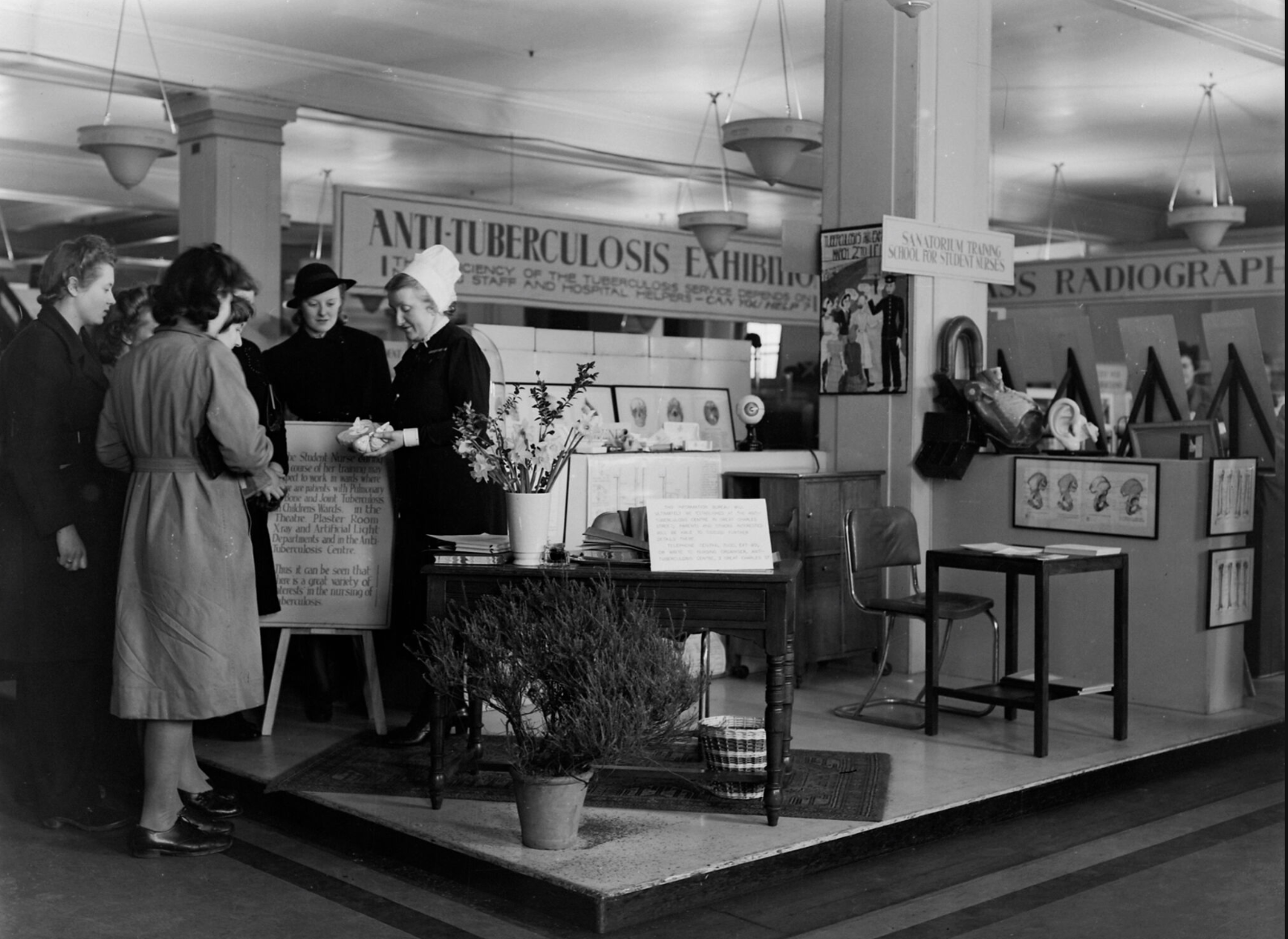
-
Source
What are the active ingredients of ‘arts in health’ activities? Development of the INgredients iN ArTs in hEalth (INNATE) Framework
Background:
There is a scarcity of research concerning what it is about arts engagement that may activate causal mechanisms leading to effects on health and wellbeing: their active ingredients. Further, the limited studies that do exist have tended to be relevant to specific contexts and types of art forms. The aim of this study was to carry out a comprehensive mapping of potential active ingredients, construct a shared language, and propose a framework and toolkit to support the design, implementation, and evaluation of arts in health activities.
Methods:
Drawing upon Rapid Appraisal techniques and collaborating with 64 participants working in arts in health, we engaged in a three-phase process: 1) scoping review to inform the development of an initial framework; 2) consultation on the initial framework; and 3) analysis and construction of the INNATE framework.
Results:
The study identified 139 potential active ingredients within the overarching categories of project, people, and contexts. Project components relate directly to the content of the arts activity itself, intrinsic to what the activity is. The people category denotes how people interact through engagement with the activity and who is involved in this interaction, including activity facilitation. Contexts relates to the activity setting comprising the aggregate of place(s), things, and surroundings. Aligning with complexity science, ingredients may interconnect or feed into one another to prompt mechanisms, and may not be experienced as distinct by participants.
Conclusions:
Our mapping exercise is the most extensive to date. In relation to arts in health activities, the INNATE framework can support with: design and implementation, such as co-producing an intervention to meet the needs of a particular population; evaluation, such as facilitating the comparison of different interventions and their efficacy; and replication, scalability, and sustainability through enabling detailed reporting and articulation of what an arts in health activity entails.




